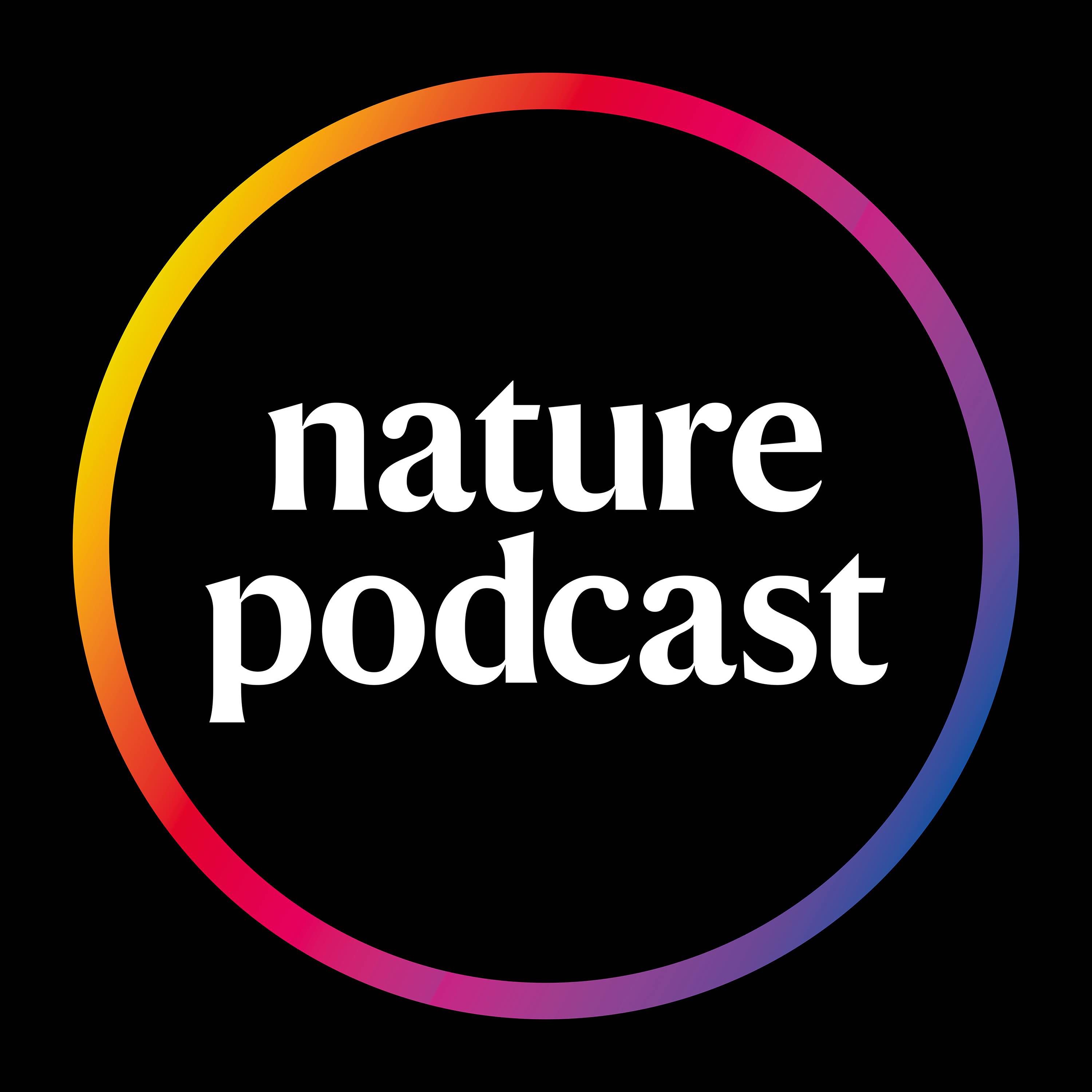
Behind the scenes of Nature News and Views in 2024

Nature Podcast
Deep Dive
Why was the discovery of a subsurface ocean on Saturn's moon Mimas significant?
The discovery contradicted theories that Mimas's interior is entirely solid, prompting astronomers to reconsider what constitutes an ocean moon. It also vindicated a decade-old proposal that was initially dismissed.
How does the process of extracting iron from red mud work?
Red mud, a hazardous waste from aluminium production, is blasted with an electric arc to generate a plasma of hydrogen gas. This reacts with the iron oxide in the red mud, producing liquid iron that can be used to make steel.
What is the significance of the 'hierarchy of failure' design principle for buildings?
The principle involves creating modular structures with 'structural fuses' that allow specific parts to fail without causing total collapse. This approach can prevent small failures from escalating into catastrophic disasters, ensuring safer evacuations and easier rebuilding.
How do programmable RNA-guided recombinase enzymes advance genome editing?
These enzymes enable the insertion, inversion, or deletion of long DNA sequences at specific genome positions, addressing a longstanding challenge in genome editing. The technology could revolutionize large-scale genetic modifications.
Why is the red mud iron extraction process considered environmentally beneficial?
It transforms a toxic waste product into a valuable resource for steel production, potentially reducing carbon emissions compared to traditional steelmaking methods.
What challenges remain for scaling up the red mud iron extraction process?
The process needs to be scaled from small-scale experiments to industrial levels, and its economic feasibility must be proven at a larger scale. While initial cost analyses suggest viability, further pilot testing is required.
Why is the Mimas ocean discovery considered a 'win for the little guys'?
The initial proposal for an ocean on Mimas was dismissed, but recent evidence confirmed it, vindicating the original researcher who was no longer in the field. It highlights the importance of revisiting unconventional ideas.
What is the role of bridge RNA molecules in the new genome editing technology?
Bridge RNA molecules program recombinase enzymes to target specific DNA sequences, allowing precise large-scale edits. This makes the process highly customizable and efficient.
Why is the publication of civil engineering research in Nature significant?
Nature has traditionally focused on fundamental science, but this marks a shift towards including more engineering research. It reflects a broader effort to expand the journal's scope and address important societal challenges.
- Mimas's subsurface ocean contradicts previous theories.
- Cassini data re-analyzed to reveal orbital wobble.
- Ocean's existence prompts reassessment of ocean moon criteria.
Shownotes Transcript
02:54 The death star moon and a win for the little guys
The shifting orbit of one of Saturn’s moons indicates that the satellite has a subsurface ocean, contradicting theories that its interior is entirely solid. The finding calls for a fresh take on what constitutes an ocean moon.
Nature Podcast: 14 February 2024)
News and Views: Mimas’s surprise ocean prompts an update of the rule book for moons)
07:05 Could red mud make green steel?
Millions of tonnes of ‘red mud’, a hazardous waste of aluminium production, are generated annually. A potentially sustainable process for treating this mud shows that it could become a source of iron for making steel.
Nature Podcast: 24 Jan 2024)
News and Views: Iron extracted from hazardous waste of aluminium production)
12:09 A hierarchy of failure
A design principle for buildings incorporates components that can control the propagation of failure by isolating parts of the structure as they fail — offering a way to prevent a partial collapse snowballing into complete destruction.
Nature podcast: 15 May 2024)
Nature video: Controlled failure: The building designed to limit catastrophe)
News and Views: Strategic links save buildings from total collapse)
17:57 Programable enzyme for genpme editing
RNA-guided recombinase enzymes have been discovered that herald a new chapter for genome editing — enabling the insertion, inversion or deletion of long DNA sequences at user-specified genome positions.
News and Views: Programmable RNA-guided enzymes for next-generation genome editing) Hosted on Acast. See acast.com/privacy) for more information.